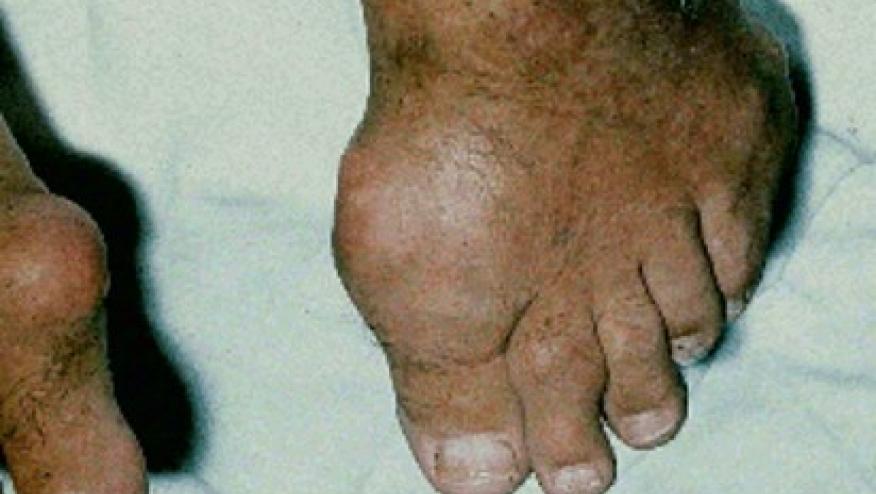T2T Lowers Mortality in Gout Save

A Spanish prospective cohort of active, uncontrolled gout patients were followed and showed that failure to reach a target serum uric acid (sUA) level of 6 mg/dl (0.36 mmol/L) or less was associated with a 2-3 fold increase in mortality.
Researchers enrolled 1193 gout patients between 1992 -2017, 92% were male, with a mean age of 60 years, and a disease duration of 6.8 years. They had a mean sUA of 9.1 mg/dL at baseline and in the prior year, they had an average of three to four flares. With a mean follow-up 48 months, 158 gout patients died.
Mortality rates were significantly higher in patients sUA remained > 6.0 mg/dl (0.36 mmol/L) with a mortality rate of 80.9 per 1000 patient-years (95% CI 59.4 to 110.3), compared to those with a sUA <6.0 mg/dl (<0.36 mmol/L) who had a lower mortality rate of 25.7 per 1000 patient-years (95% CI 21.3 to 30.9).
A significantly higher overall mortality rate was seen in those with an sUA of ≥0.36 mmol/L (adjusted HR=2.33, 95% CI 1.60 to 3.41) and CV mortality (HR=2.05, 95% CI 1.21 to 3.45).
Other studies have shown that hyperuricaemia in gout is an independent predictor of overall and CV-related mortality. Treating to a targeting sUA levels of <0.36 mmol/L (< 6 mg/dl) should be a principal goal in these patients at high risk for death and CV events.










If you are a health practitioner, you may Login/Register to comment.
Due to the nature of these comment forums, only health practitioners are allowed to comment at this time.